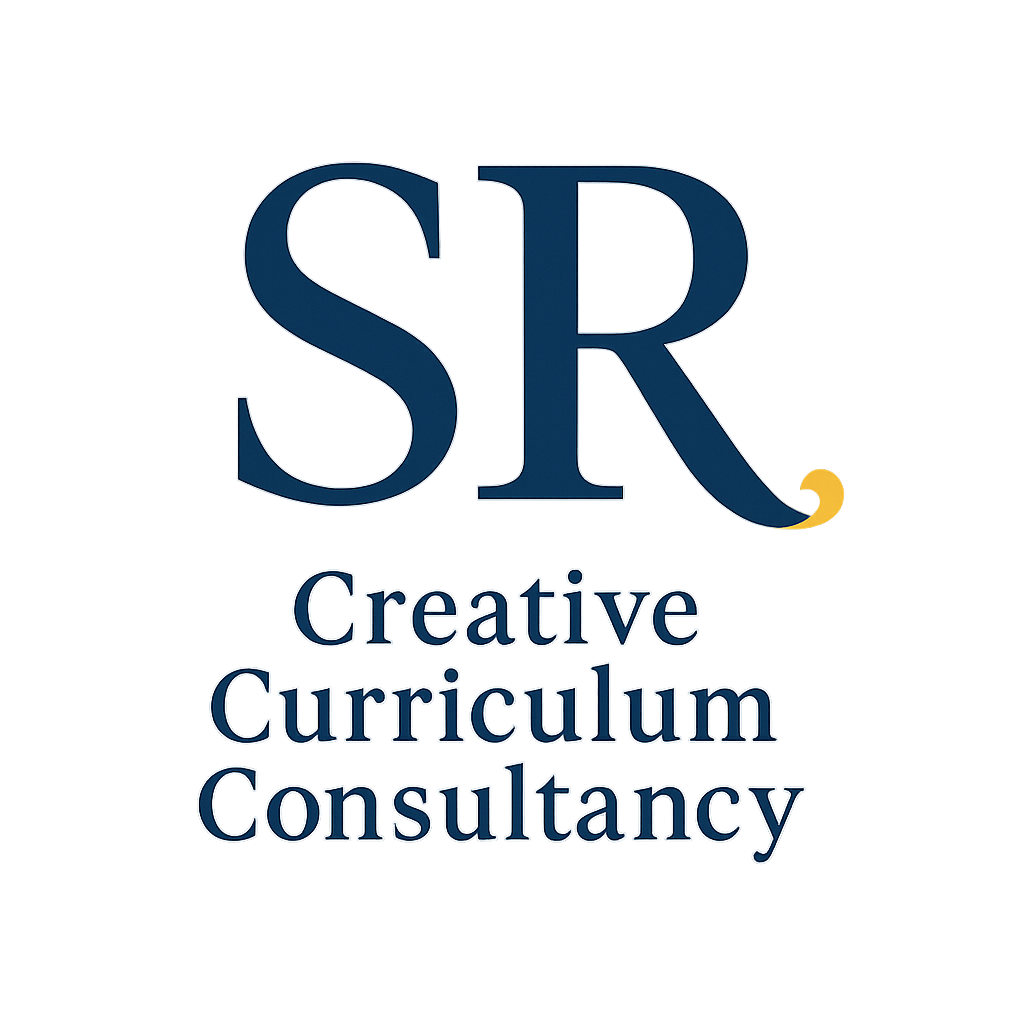Making Thinking Visible
#Part of SRCC’s “Future-Focused Art Departments: Five Things That Matter” series
Introduction
At SR Creative Curriculum Consultancy (SRCC), we believe that art-making is a form of thinking; a way of seeing, questioning and understanding.
This reflection explores how Art & Design enables students to make their thinking visible, turning creative process into evidence of learning, reflection, and growth.
Seeing Thinking Happen
Art & Design offers a rare invitation to see thinking take shape.
Sketchbooks, test pieces and material explorations become traces of enquiry: a visual conversation where ideas are tested, questioned and reshaped.
When students externalise their thinking, they can see the problem as it unfolds, analysing their own decisions, interpreting cause and consequence, and engaging in iterative problem-solving.
Reflection in Action
This practice deepens cognitive rigour and turns making into reflection-in-action.
For teachers, visible process opens richer conversations about decision-making, meaning and growth, not simply right or wrong.
Visibility turns uncertainty into evidence of progress; it keeps learning fluid, emergent and generative.
Cultures of Visibility
Future-focused departments build cultures where process is visible, valued and shared.
They celebrate curiosity and enquiry as central to learning.
In doing so, they nurture metacognitive awareness - students learning to notice, articulate and direct their own thinking through the material process.
When we make thinking visible, we give students permission to explore openly, to see themselves not only as makers but as thinkers.
At SRCC, we help schools design Art & Design provision that cultivates these habits of creativity, confidence and curiosity, empowering learners to understand how they think as deeply as what they make.
Key themes:
Creativity • Confidence • Curiosity • Reflection-in-Action • Visible Thinking • Future-Focused Learning

